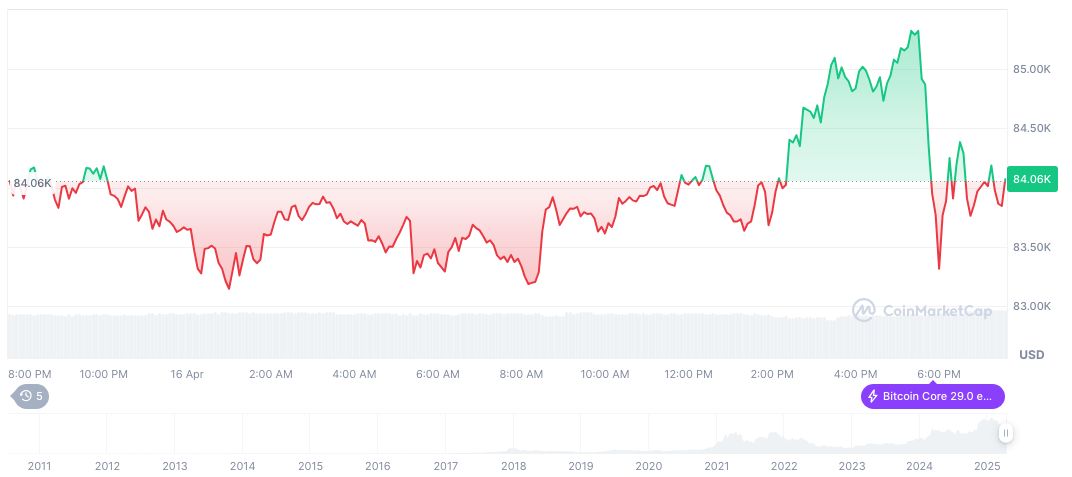- Binance partners with countries for digital asset reserves, boosting crypto regulation.
- U.S. leadership influences global crypto policy adoption.
- Governments show interest in blockchain technology and asset reserves.
Binance CEO Richard Teng confirmed to the Financial Times that the company is aiding various nations in establishing digital asset reserves. The move follows the United States’ regulatory shift towards cryptocurrency under President Trump’s administration.
This collaboration underscores a global push for structured crypto frameworks, driven by countries seeking economic benefits and legitimacy.
Binance Supports Global Crypto Policy Frameworks
Binance is working with several countries to create national digital asset reserves. CEO Richard Teng highlighted that Binance will support nations interested in implementing or emulating U.S. crypto policies. He stated, “under President Trump’s leadership, the U.S. has taken a more favorable stance towards cryptocurrencies, including plans to establish a regulatory framework for digital assets and a national reserve.” Binance’s efforts reflect a growing interest among governments seeking to capitalize on crypto’s potential economic advantages.
The U.S. leadership under President Trump has emboldened several nations to consider or implement similar crypto frameworks. Noteworthy movements include Japan, Russia, Brazil, and Poland showing interest in establishing their own reserves.
Community and industry reactions highlight the significance of these developments. Binance’s focus on compliance is seen positively by many in the crypto space, potentially increasing trust and stability.
Bitcoin’s Market Trends and Future Projections
Did you know? The U.S. push for a crypto regulatory framework, initiated under Trump, mirrors El Salvador’s pioneering BTC adoption, potentially influencing global economies and crypto strategies.
Bitcoin (BTC), currently priced at $83,801.28, has a market cap of $1.66 trillion, reflecting a market dominance of 62.91%. Its 24-hour trading volume reached $24.71 billion, despite a 3.11% decline. The circulating supply nears its cap with 19.85 million BTC. Recent fluctuations include a 2.73% seven-day increase and an 18.48% decrease over 90 days, presenting unique market perspectives. Data from CoinMarketCap as of April 17, 2025, offers a snapshot of current trends.

Coincu’s research team anticipates the integration of digital asset reserves could reshape financial landscapes. Countries adopting these strategies may experience strengthened economic positions and enhanced technological frameworks, potentially driving growth in crypto markets globally.























